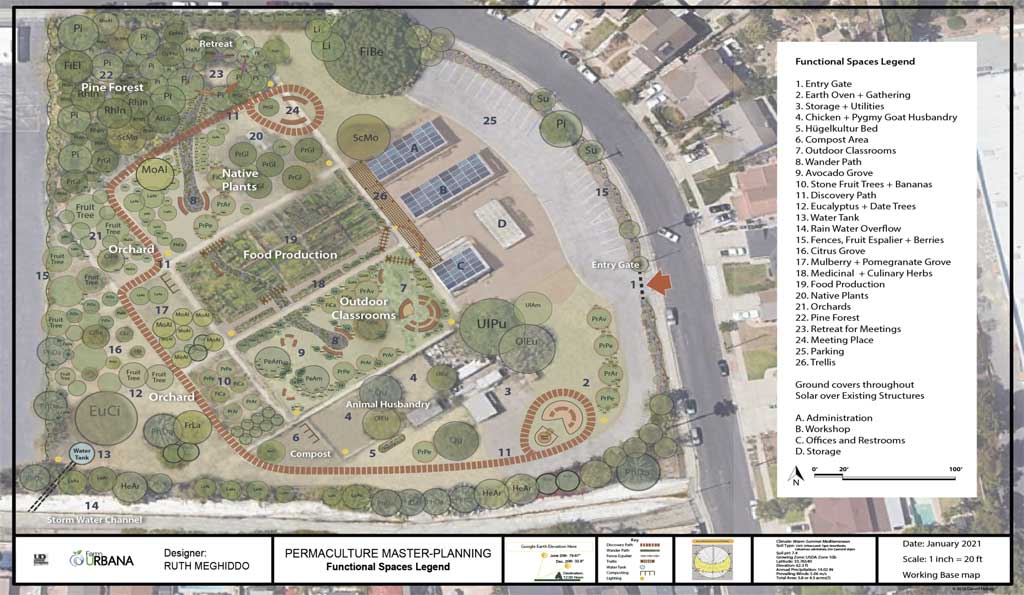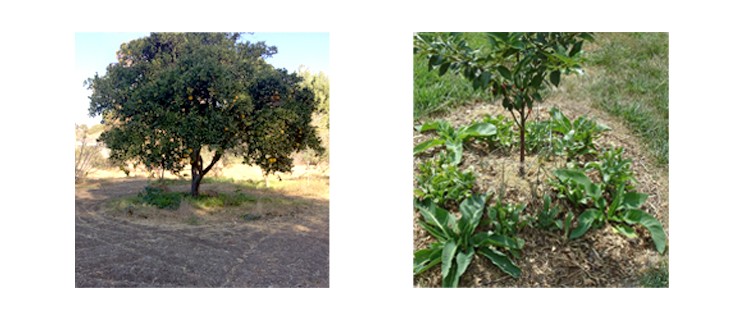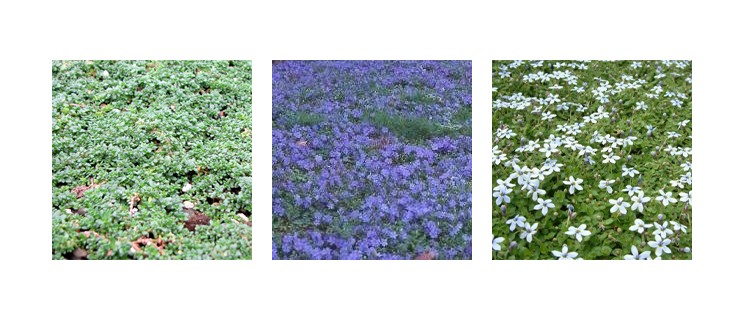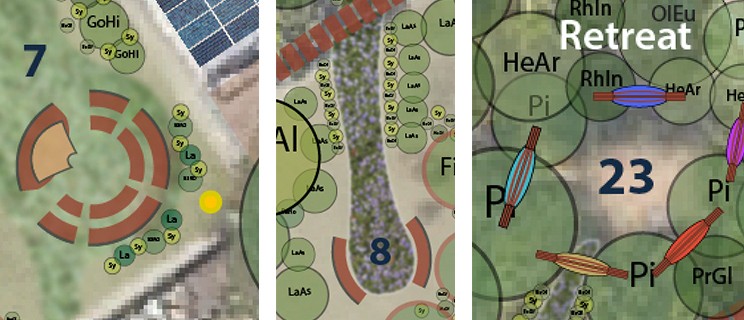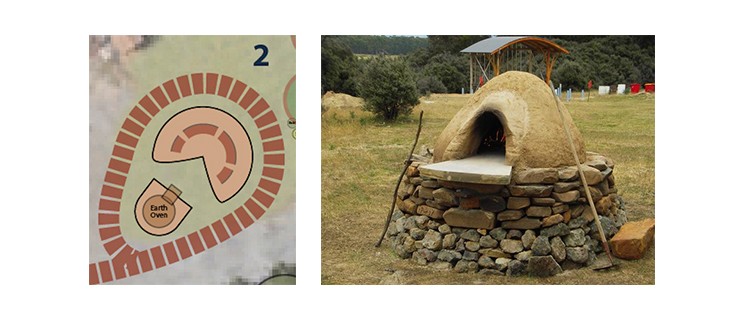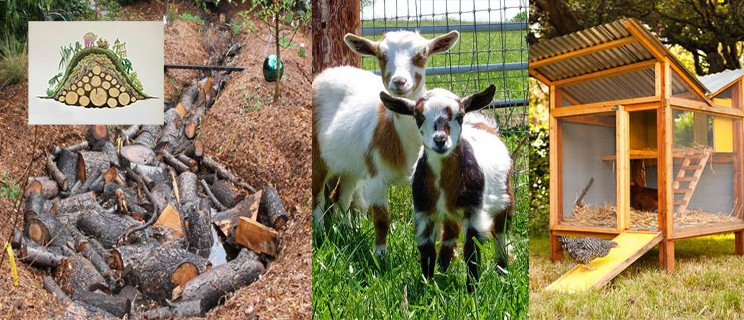Permaculture Master-Planning
Permaculture design is moving into the mainstream at a rapid speed!
We face extreme challenges: Covid-19, economic disparity, depletion of natural resources, and the daunting Climate Change. In what way can each of us contribute to both our health and the health of Planet Earth?
The practice of permaculture master-planning deals with integrating systems such as growing food, health care, shelter, education, soil, land use, and security for all living things. Permaculture ethics is based on respect for the earth, care for the people, and fair share. We aim to create ecological and environmental harmony for future generations.
This project is about a site in the transition to becoming an example of a regenerative permaculture system. It will serve a community eager to participate in a genuine way that positively impacts the neighborhood. Equally important, children and youth can be stimulated to engage in outdoor learning and in understanding nature.
The goal is to create enthusiasm for an eco-friendly system and cultivate companion planting (guilds) with polyculture rather than monoculture. The permaculture master-planning system will include integrating food cultivation, fruit trees, medicinal and native plants, recreation areas, and animal husbandry.
Site Description
We maintained the general configuration of the site and provided cultivation for diverse functional spaces. Bordering to the area dedicated to everyday food production is supported by many medicinal and culinary herbs that provide friendly insect pollinators (#18).
In addition to a few existing fruit trees, we propose many orchard trees (#10, 12, 16, 17, 21) nourished by a large set of companion plants and recycled compost. On site, there are light structures, a pine grove (#22), citrus fruits (#16), mulberry, pomegranate (#17), olive trees, and other native plants (#20).
Additionally, the whole site shall be seeded with various nitrogen-fixing ground covers to regenerate and enrich the soil.
Amid the food production (#19), we have the Wander Path (#8) with resting seats that crosses over from the outdoor classrooms area (#7) and native plants (#20) to the retreat area (#23).
Encompassing these areas is a Discovery Path (#11) connecting the initial meeting area (#24) on one end to the gathering space (#2) for welcoming neighbors to share a fresh-made pizza from the oven.
The outdoor classrooms and gathering areas (#7) can become a magnet for connecting with the community. The site would be illuminated in the evening to encourage inclusive social interaction.
Both fences (#15) on the east entrance side and on the west side are used for vertical gardening with fruit espaliers, various berries, and pollinators underneath.
The area dedicated to animal husbandry, chickens and Pygmy goats (#4), is situated next to the Hügelkultur growing bed (#5) and additional compost area (#6).
We provide an underground 3k gal water tank (#13) to harvest the water from the adjacent run-off rain-cannel. The water will be pumped to all growing areas, with the energy supplied by the solar collectors (A, B, C).
Ideally, communities can provide available spaces that meet the needs for food cultivation, soil restoration, education, and contribution to the global concern of sustainability, by practicing permaculture. Children and adults will learn to enjoy nature and empower their neighborhood to become beautifully self-sustainable and bountiful.
Suppose we accept today’s global challenges together. In that case, Permaculture systems will be the solution for sustainability and nurturing communities and individuals alike.
Feel free to message us to continue this conversation. :]


